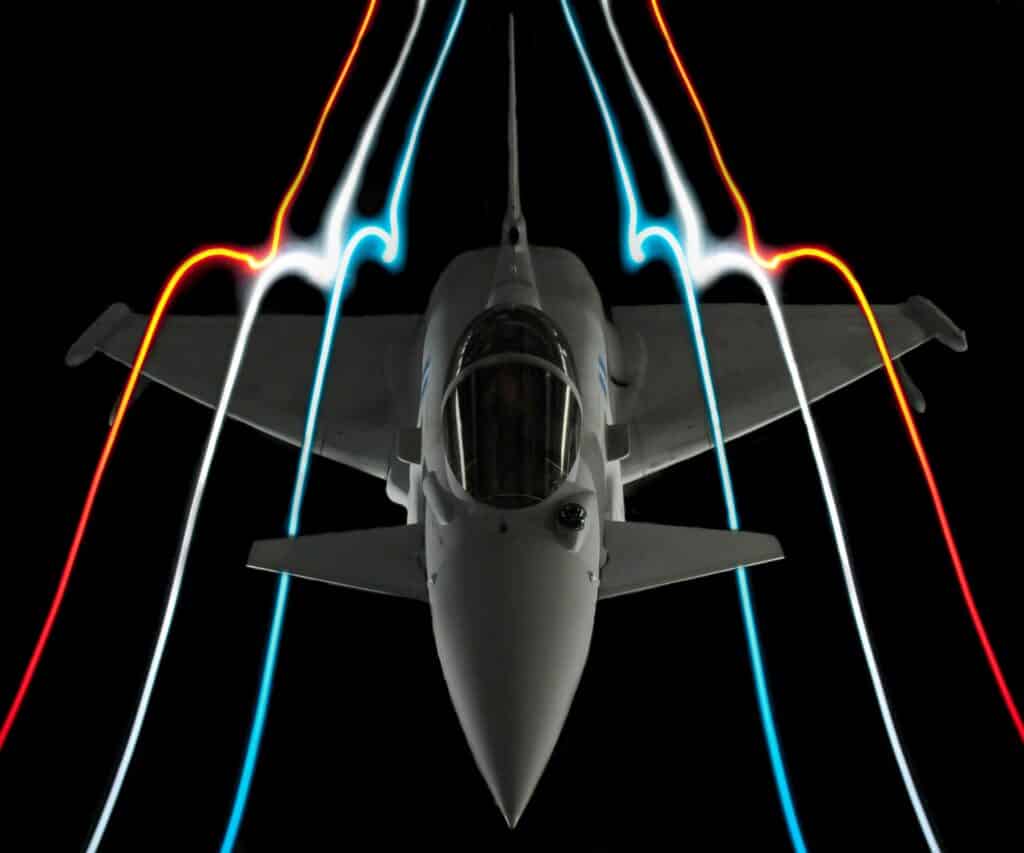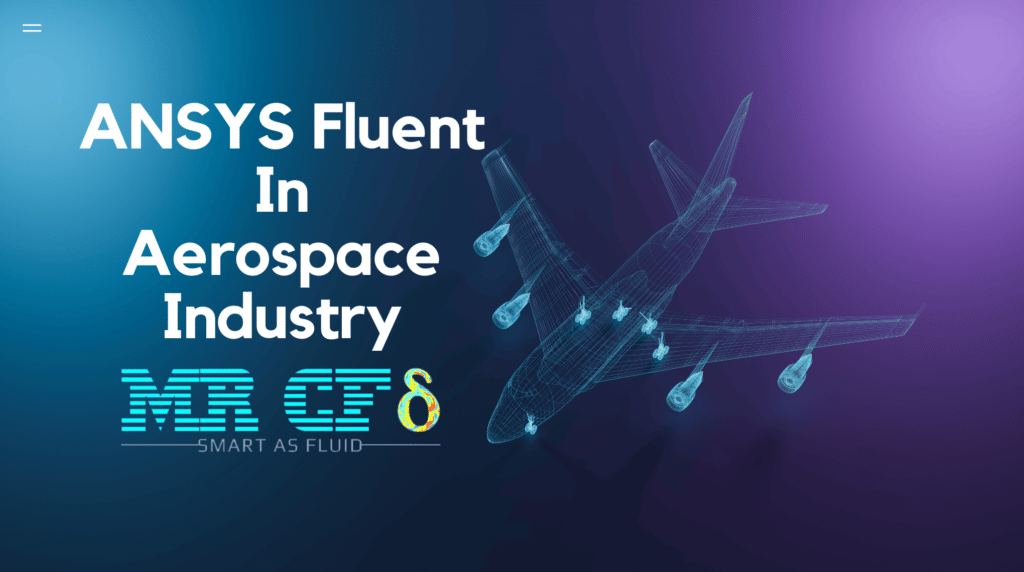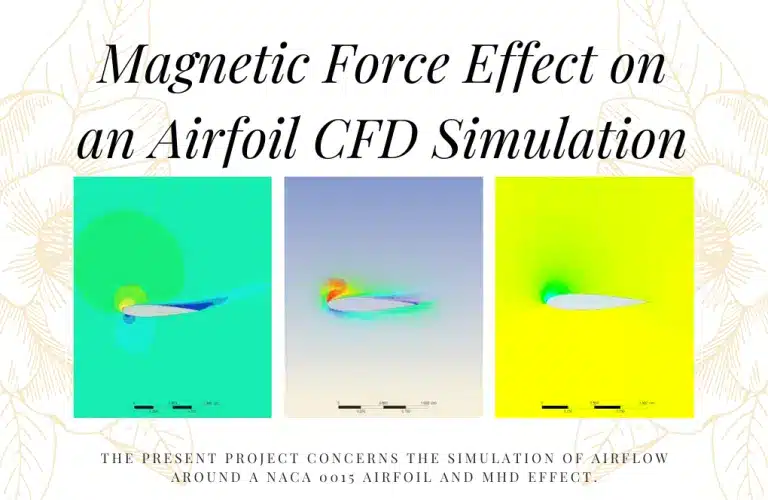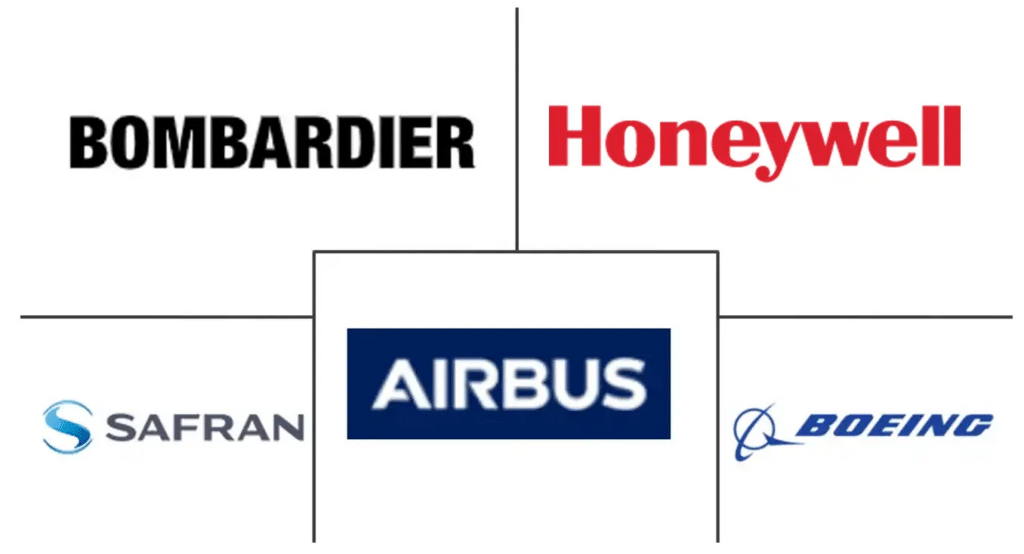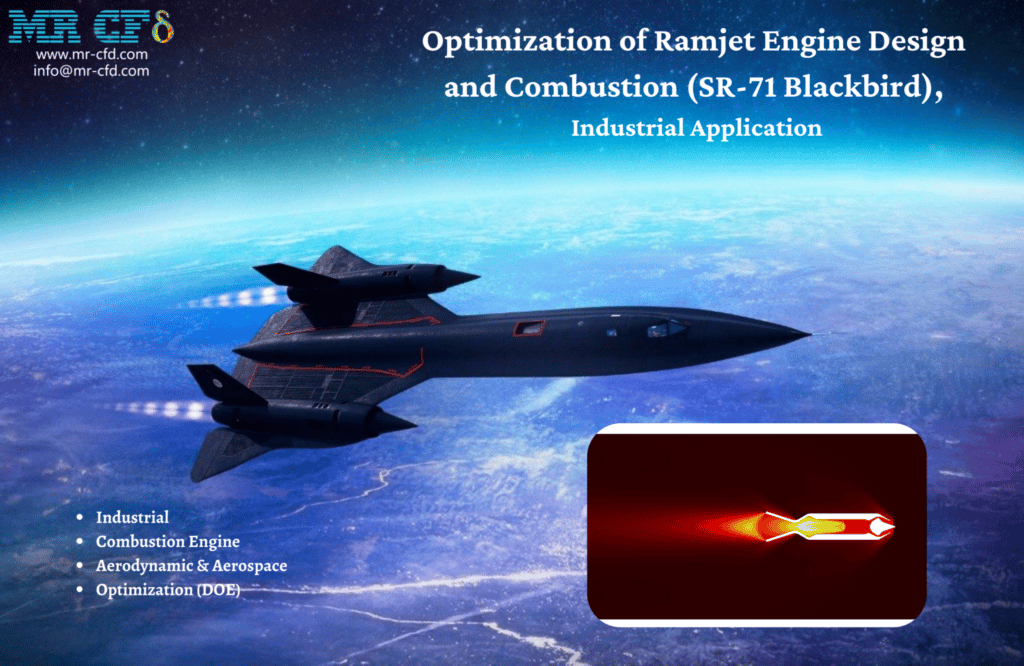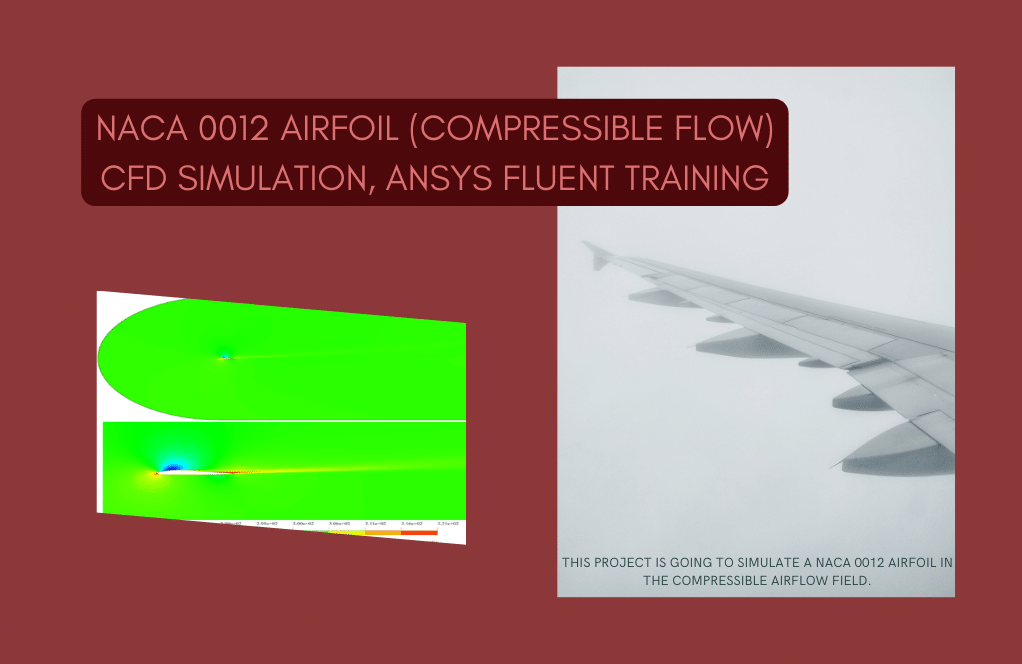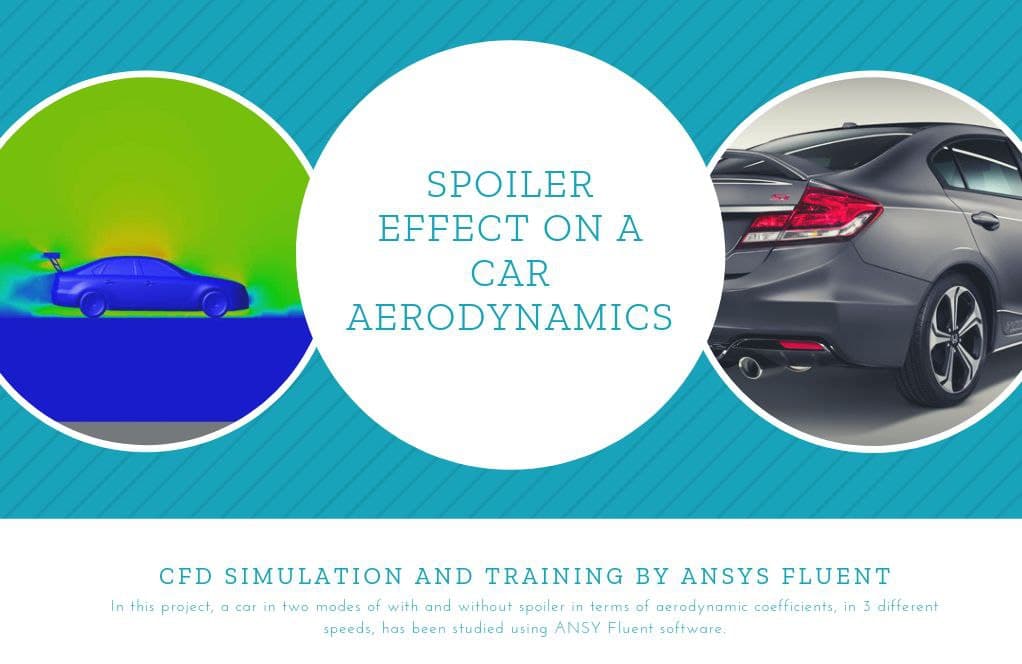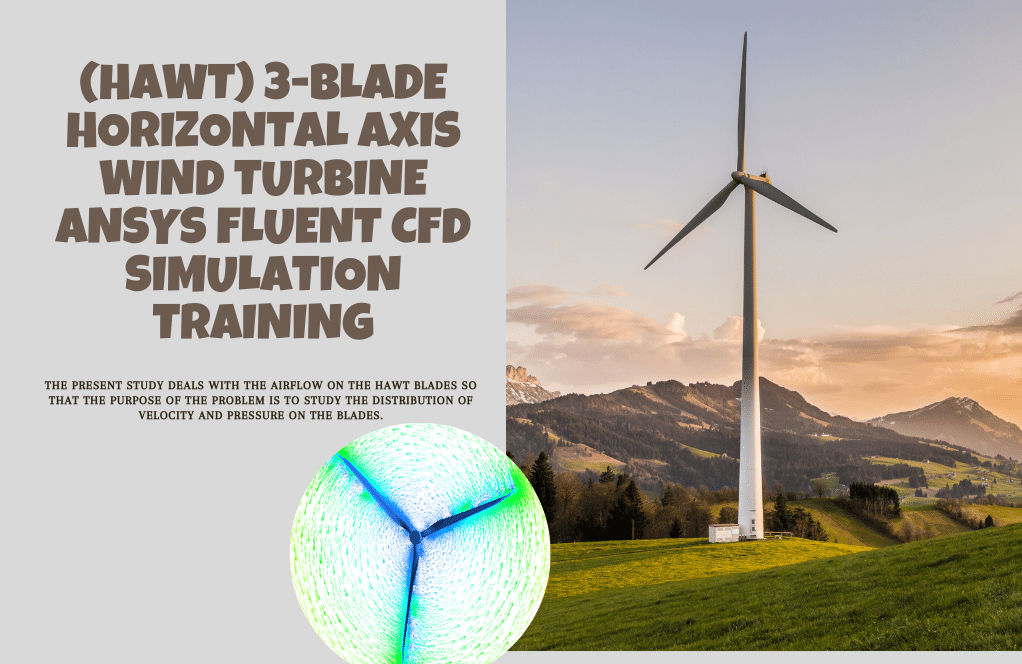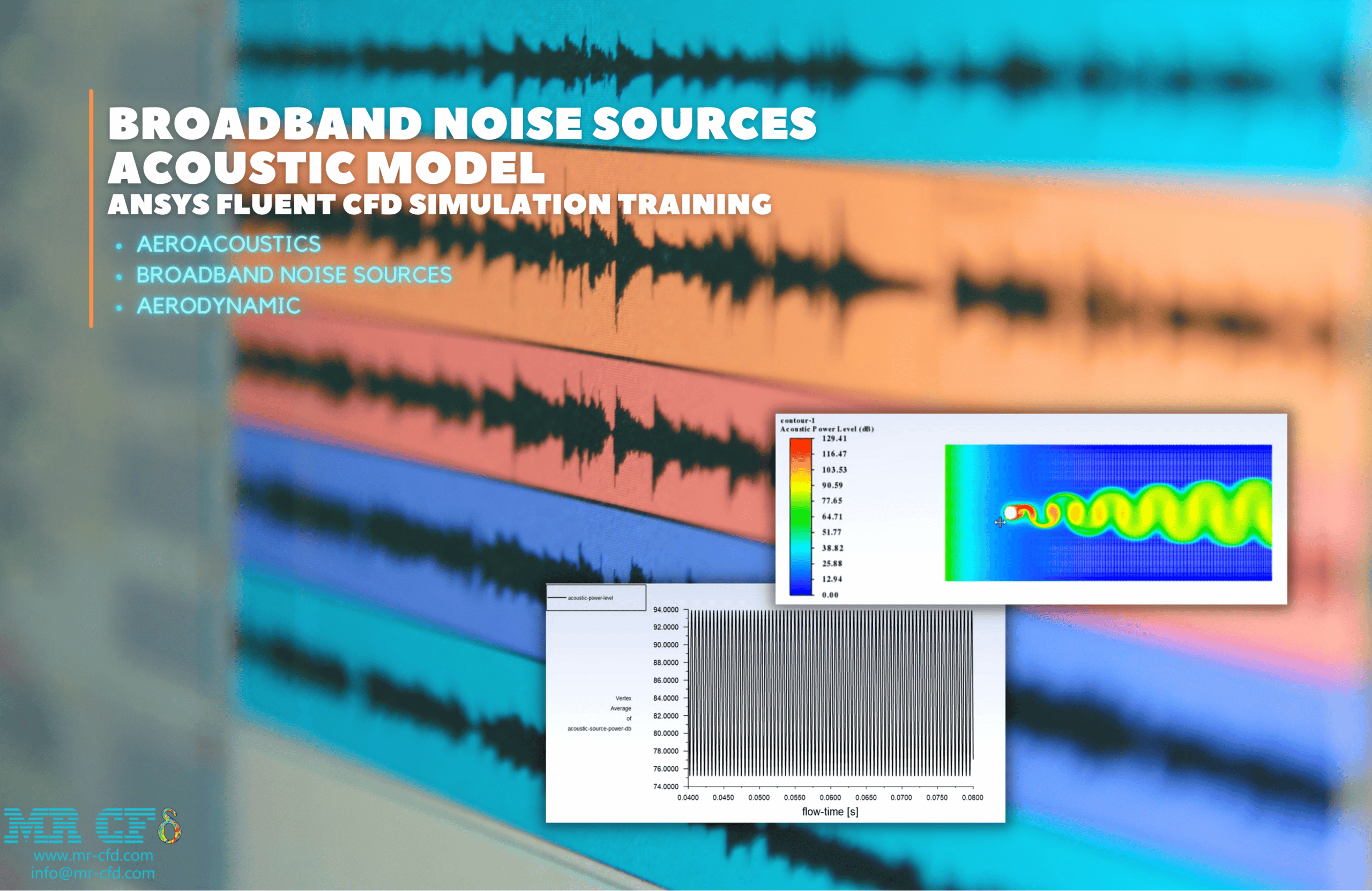Project Outsourcing
Outsource your project to the MR CFD simulation engineering team. Our experts are ready to carry out every CFD project in all related engineering fields. Our services include industrial and academic purposes, considering the ANSYS Fluent software's wide range of CFD simulations. By outsourcing your project, you can benefit from MR CFD's primary services, including Consultation, Training, and CFD Simulation. The project freelancing procedure is as follows:
An official contract will be set based on your project description and details.
As we start your project, you will have access to our Portal to track its progress.
You will receive the project's resource files after you confirm the final report.
Finally, you will receive a comprehensive training video and technical support.
What is Aerodynamic and Aerospace Engineering?
Aerodynamic and Aerospace Engineering is a field of engineering that focuses on the design, development, and testing of aircraft, spacecraft, and other related technologies. It involves the study of aerodynamics, propulsion, materials, structures, and control systems. Aerospace engineers use their knowledge of physics, mathematics, and engineering principles to design, build, and test aircraft, spacecraft, and other related technologies. They also develop and test new technologies to improve the performance, safety, and efficiency of aircraft and spacecraft.
Aerodynamics and Aerospace are the way that air moves around objects. The rules of aerodynamics explain, for example, how an airplane can fly.
Any device moving through air reacts to aerodynamics as air flows around:
· UAV
· Airfoil
· Truck
· Aircraft
· Wing
· Cars
· Trains
How CFD simulation can be applied in the Aerodynamic and Aerospace Industries?
CFD simulation can be applied in the Aerodynamic and Aerospace Industries to analyze the performance of aircraft, spacecraft, and other aerospace and aerodynamic vehicles. CFD can be used to simulate the flow of air around the vehicle, allowing engineers to optimize the design for maximum efficiency and performance. CFD can also be used to analyze the effects of turbulence, pressure, and temperature on the vehicle, as well as to predict the performance of the vehicle in different flight conditions. CFD can also be used to analyze the effects of external forces, such as wind, on the vehicle, and to simulate the effects of engine exhaust on the surrounding environment.
Computational Fluid Dynamics (CFD) has become operational in designing and analyzing products in aerospace and surface transportation industries, including automobiles, trucks, boats, and even insects.
The application of CFD today has revolutionized the process of aerodynamic design. In the older days, people used to test their crafts in actual conditions. But then came the wind tunnels provided the privilege of testing any hand-made objects used for flying and driving by putting them inside a tunnel against the airflow. This gave them more control over the conducted tests and more significantly reduced the risks related to real-condition tests. However, wind tunnels were too costly, and huge-sized wind tunnels were needed for giant crafts such as airplanes.
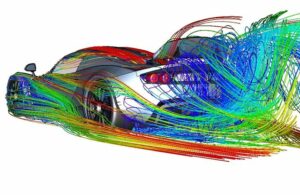
Aerodynamic and acoustic CFD simulations are used to study the flow of air around an object and the resulting sound generated by the flow. The simulations are used to analyze the aerodynamic performance of an object, such as an aircraft or a car, and to predict the noise generated by the object. The simulations are used to optimize the design of the object to reduce drag and noise. The simulations are also used to study the effects of wind on the object and to predict the noise generated by the wind.
Aerodynamic and aerospace CFD analyses and projects involve the use of computational fluid dynamics (CFD) to simulate the flow of air around an aircraft or other aerospace vehicle. CFD is a powerful tool for predicting the performance of an aircraft or other aerospace vehicle in a variety of conditions. CFD can be used to analyze the aerodynamic characteristics of an aircraft, such as lift, drag, and stability, as well as the performance of its propulsion system. CFD can also be used to analyze the performance of an aircraft in different flight conditions, such as takeoff, landing, and cruise. CFD can also be used to analyze the performance of an aircraft in different environmental conditions, such as wind, temperature, and humidity. CFD can also be used to analyze the performance of an aircraft in different flight regimes, such as high-speed, low-speed, and transonic. CFD can also be used to analyze the performance of an aircraft in different flight maneuvers, such as turns, climbs, and descents.
MR CFD services in the Aerodynamic and Aerospace
MR CFD conducted numerous outsourced simulation projects for industrial and research aerodynamic and aerospace engineering applications. With several years of experience simulating various problems in various CFD fields using ANSYS Fluent software, we are ready to offer extensive services of simulation configurations.
Aerodynamic Analysis: This involves the use of computational fluid dynamics (CFD) to analyze the flow of air around an aircraft or other aerospace vehicle. This analysis can be used to optimize the design of the vehicle for improved performance, fuel efficiency, and safety.
Fluid-Structure Interaction (FSI) Analysis: This involves the use of CFD to analyze the structural integrity of an aircraft or other aerospace vehicle. This analysis can be used to ensure that the vehicle is able to withstand the forces of flight and other environmental conditions.
Icing and Thermal Analysis: This involves the use of CFD to analyze the thermal environment of an aircraft or other aerospace vehicle. This analysis can be used to ensure that the vehicle is able to withstand the extreme temperatures encountered during flight.
Propulsion Analysis: This involves the use of CFD to analyze the performance of an aircraft or other aerospace vehicle’s propulsion system. This analysis can be used to optimize the design of the propulsion system for improved performance and fuel efficiency.
Flight Dynamics Analysis: This involves the use of CFD to analyze the flight dynamics of an aircraft or other aerospace vehicle. This analysis can be used to optimize the design of the vehicle for improved performance, fuel efficiency, and safety.
Aerial Engines Analysis: Products used in this training package are ‘Supersonic Jet Ramped Intake Simulation’, ‘High-Bypass Turbofan Engine’, ‘Multi-Stage Axial Gas Compressor CFD Simulation’, ‘Multi-Stage Axial Gas Turbine CFD Simulation’, ‘Turboprop Engine Propeller CFD Simulation’, ‘Ramjet Engine, Design, and Combustion Optimization’, ‘Hypersonic Combustion in Scramjet with Viscous Heating’, ‘Combustion Chamber’, ‘Rocket Engine Nozzle’, ‘Helicopter CFD Simulation by Transient Solver’.
Aerodynamic and Aerospace MR CFD Projects
CFD industrial experiences in aerodynamic and aerospace engineering involve the use of computational fluid dynamics (CFD) to analyze and design aircraft, spacecraft, and other aerospace systems. CFD is a powerful tool for predicting the behavior of fluids in complex systems, and it is used to simulate the flow of air around an aircraft, the performance of a rocket engine, and the aerodynamic characteristics of a spacecraft. CFD can also be used to optimize the design of an aircraft or spacecraft, and to analyze the performance of a system in different flight conditions. CFD is used in the aerospace industry to improve the safety, efficiency, and performance of aircraft and spacecraft.
With several years of experience in simulating various problems in different CFD fields using ANSYS Fluent software, the MR CFD is ready to offer extensive modeling, meshing, and simulation services. Our simulation Services for Aerodynamic & Aerospace simulations are categorized as follows:
Following is a brief list of the CFD simulation projects for Aerodynamic & Aerospace engineering by MR CFD:
· Hypersonic Combustion in Scramjet with Viscous Heating, CFD Simulation ANSYS Fluent Training
This course will provide an overview of the fundamentals of hypersonic combustion in scramjet engines and the use of CFD simulation to study the effects of viscous heating on the combustion process. The course will cover the basics of hypersonic combustion, including the thermodynamics of the combustion process, the chemistry of the combustion process, and the effects of viscous heating on the combustion process. The course will also cover the use of ANSYS Fluent to simulate the combustion process in a scramjet engine. The course will include lectures, demonstrations, and hands-on exercises to help students gain a better understanding of the fundamentals of hypersonic combustion and the use of CFD simulation to study the effects of viscous heating on the combustion process.
· Minimizing Drag Force by Adjoint Solver (RBF), ANSYS Fluent CFD Simulation Training
The drag force is a major factor in the performance of any vehicle, and reducing it can significantly improve the efficiency of the vehicle. The ANSYS Fluent CFD simulation training course provides a comprehensive overview of the use of the Adjoint Solver (RBF) to minimize drag forces. The course covers the fundamentals of the Adjoint Solver (RBF) and how it can be used to optimize the design of a vehicle to reduce drag force. The course also covers the use of the ANSYS Fluent CFD software to simulate the flow of air around a vehicle and the effects of drag force on its performance. The course also covers the use of the ANSYS Fluent CFD software to analyze the results of the Adjoint Solver (RBF) simulations and to optimize the design of the vehicle to reduce drag force. Finally, the course covers the use of the ANSYS Fluent CFD software to visualize the results of the simulations and to analyze the effects of drag force on the performance of the vehicle.
· Magnetic Force Effect on an Airfoil CFD Simulation, ANSYS Fluent Tutorial
This project will demonstrate how to use ANSYS Fluent to simulate the effect of a magnetic force on an airfoil. The tutorial will cover the following topics:
- Setting up the simulation environment
- Defining the airfoil geometry
- Defining the magnetic force
- Setting up the boundary conditions
- Running the simulation
- Analyzing the results
- Setting up the Simulation Environment
The first step in setting up the simulation environment is to create a new project in ANSYS Fluent. To do this, open the ANSYS Fluent application and select “New” from the File menu. Give the project a name and select the “2D” option from the “Geometry Type” drop-down menu.
- Defining the Airfoil Geometry
The next step is to define the airfoil geometry. To do this, select “Geometry” from the “Tools” menu and then select “Create” from the “Geometry” menu. Select the “Airfoil” option from the “Geometry Type” drop-down menu and then enter the desired parameters for the airfoil.
- Defining the Magnetic Force
The next step is to define the magnetic force. To do this, select “Force” from the “Tools” menu and then select “Create” from the “Force” menu. Select the “Magnetic” option from the “Force Type” drop-down menu and then enter the desired parameters for the magnetic force.
- Setting up the Boundary Conditions
The next step is to set up the boundary conditions for the simulation. To do this, select “Boundary Conditions” from the “Tools” menu and then select “Create” from the “Boundary Conditions” menu. Select the desired boundary conditions for the simulation and then enter the desired parameters for each boundary condition.
- Running the Simulation
The next step is to run the simulation. To do this, select “Run” from the “Tools” menu and then select “Run” from the “Run” menu. Select the desired parameters for the simulation and then click the “Run” button to start the simulation.
- Analyzing the Results
The final step is to analyze the results of the simulation. To do this, select “Results” from the “Tools” menu and then select “Analyze” from the “Results” menu. Select the desired parameters for the analysis and then click the “Analyze” button to view the results.
· Air Compressor Acoustics Analysis, ANSYS Fluent CFD Simulation Training
This ANSYS Fluent CFD simulation training course is designed to provide engineers with the knowledge and skills necessary to perform acoustic analysis of air compressors. The course will cover the fundamentals of acoustics, the physics of sound, and the use of ANSYS Fluent CFD to simulate the acoustic behavior of air compressors. The course will also cover the use of ANSYS Fluent CFD to analyze the acoustic performance of air compressors, including the effects of noise sources, sound propagation, and sound absorption. The course will also cover the use of ANSYS Fluent CFD to optimize the acoustic performance of air compressors. Upon completion of this course, participants will have a thorough understanding of the fundamentals of acoustics and the use of ANSYS Fluent CFD to simulate and analyze the acoustic behavior of air compressors.
· Airplane Washing Using Water Jet, CFD Simulation ANSYS Fluent Training
CFD simulation using ANSYS Fluent can be used to simulate the process of washing an airplane with a water jet. The simulation can be used to analyze the flow of the water jet, the pressure distribution, and the forces acting on the airplane. The simulation can also be used to optimize the design of the water jet and the nozzle to ensure that the water jet is able to effectively clean the airplane. Additionally, the simulation can be used to analyze the impact of the water jet on the environment, such as the amount of water used and the number of pollutants released into the atmosphere.
Aerodynamic and Aerospace Industrial Companies
CFD has emerged alongside the wind tunnel and real-condition flight or driving tests as primary tools for analyzing the flow effect over hand-made objects. Different industries nowadays use CFD to increase their outcome and lower their design costs. The more renowned industries for using CFD in today’s world are the aerospace, aeronautical, and car industries. Companies such as Airbus, Boeing, and many others in the aircraft industry and car companies such as BMW, PORCHE, GMC, and many more are now using this powerful tool.
This article will look at some state-of-the-art CFD applications in mega-companies, as mentioned earlier. The aviation industry was a pioneer in the development of CFD methods. This industry once only had the option of testing the products inside massive wind tunnels. Turning a conceptual design into the final product was time-consuming, costly, and labor-intensive. The design needed to be corrected several times to solve the related problems. The mentioned procedure’s time was reduced significantly due to the advent of CFD.
Companies such as Airbus, Boeing, Sukhoi, etc., use CFD effectively to reduce production time. There are numerous details and parts where CFD is used to provide detailed insight. The most significant impact of CFD on the aviation industry was its ability to model the airflow passage over aircraft accurately. CFD can be exploited to simulate a vast range of flow velocities, including subsonic, the speed at which commercial flights fly, and supersonic, which was once used by the famous Concorde. There are other prominent applications of CFD in the aerospace industry, including noise analysis, combustion simulation, and turbomachinery, into which we will take a look.
The pioneer Aerodynamic and Aerospace companies that apply CFD simulations are:
Boeing
Airbus
Lockheed Martin
Northrop Grumman
Raytheon
General Electric
Rolls-Royce
Pratt & Whitney
Honeywell
Safran
MR CFD Industrial Experience in the Aerodynamic and Aerospace Field
Following is an example of an Aerodynamic and Aerospace industrial project that is recently simulated and analyzed by MR CFD in cooperation with a related company.
Ramjet Engine, Design and Combustion Optimization (SR-71 Blackbird), Industrial Application
- In this project, an industrial Ramjet Engine has been numerically simulated by ANSYS Fluent software.
- Studying Combustion, Mach Number, Pressure, Density (Compressible Flow), and Thermal analysis.
- Optimizing the Thrust number.
- Ramjet Design Improvement.
- RSM analysis applying DOE.
The SR-71 Blackbird is a supersonic reconnaissance aircraft that was developed by Lockheed Martin in the 1960s. It is powered by two Pratt & Whitney J58-1 turbojet engines, which are augmented by two Pratt & Whitney J75-P-5 ramjet engines. The ramjet engines are used to provide additional thrust at high speeds, allowing the aircraft to reach speeds of Mach 3.2.
The design of the ramjet engine is optimized for high-speed operation. The engine is designed to be lightweight and compact, with a low frontal area to reduce drag. The combustion chamber is designed to be highly efficient, with a high compression ratio and a low-pressure drop across the combustion chamber. The fuel injectors are designed to provide a uniform fuel-air mixture, and the fuel is injected at a high pressure to ensure complete combustion.
The combustion process is optimized to maximize thrust and minimize fuel consumption. The fuel is injected at high pressure and the air is pre-heated to ensure complete combustion. The fuel-air mixture is optimized to ensure a high flame speed and a low flame temperature. The combustion chamber is designed to minimize the formation of soot and other pollutants.
The ramjet engine is used in a variety of industrial applications, including aircraft, missiles, and rockets. It is also used in some high-performance automobiles, such as the Bugatti Veyron. The engine is also used in some unmanned aerial vehicles (UAVs). The ramjet engine is an efficient and reliable power source, and its design and combustion optimization make it an ideal choice for many applications.
MR CFD conducted numerous outsourced CFD simulation projects for industrial companies, and research in aerodynamic and aerospace engineering applications. With several years of experience simulating various problems in various CFD fields using ANSYS Fluent software, the MR-CFD team is ready to offer extensive services of CFD Simulation, Training, and Consultation.
You may find the learning products in the Aerodynamics and Aerospace CFD simulation category in Training Shop. You can also benefit from aerodynamic & aerospace training packages appropriate for Beginner, Intermediate, and Advanced users of ANSYS Fluent. Also, MR CFD is presenting the most comprehensive Aerodynamic and Aerospace Training Course for all ANSYS Fluent users from Beginner to Experts.
Our services are not limited to the mentioned subjects, and the MR CFD is ready to undertake different and challenging projects in the Aerodynamics and Aerospace Engineering modeling field ordered by our customers. We even carry out CFD simulations for any abstract or concept design you have in your mind to turn them into reality and even help you reach the best design for what you may have imagined. You can benefit from MR CFD expert consultation for free and then outsource your Industrial and Academic CFD project to be simulated and trained.
By outsourcing your project to MR CFD as a CFD simulation consultant, you will not only receive the related project’s resource files (Geometry, Mesh, Case & Data, …), but also you will be provided with an extensive tutorial video demonstrating how you can create the geometry, mesh, and define the needed settings(pre-processing, processing and post-processing) in the ANSYS Fluent software. Additionally, post-technical support is available to clarify issues and ambiguities.
